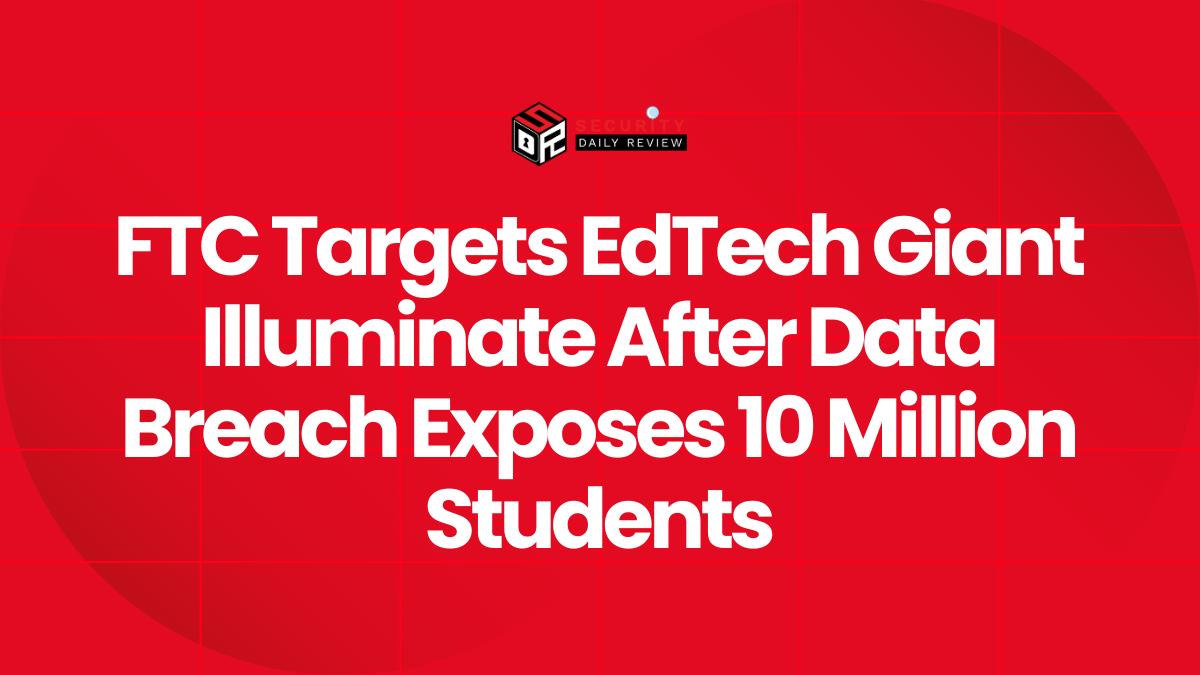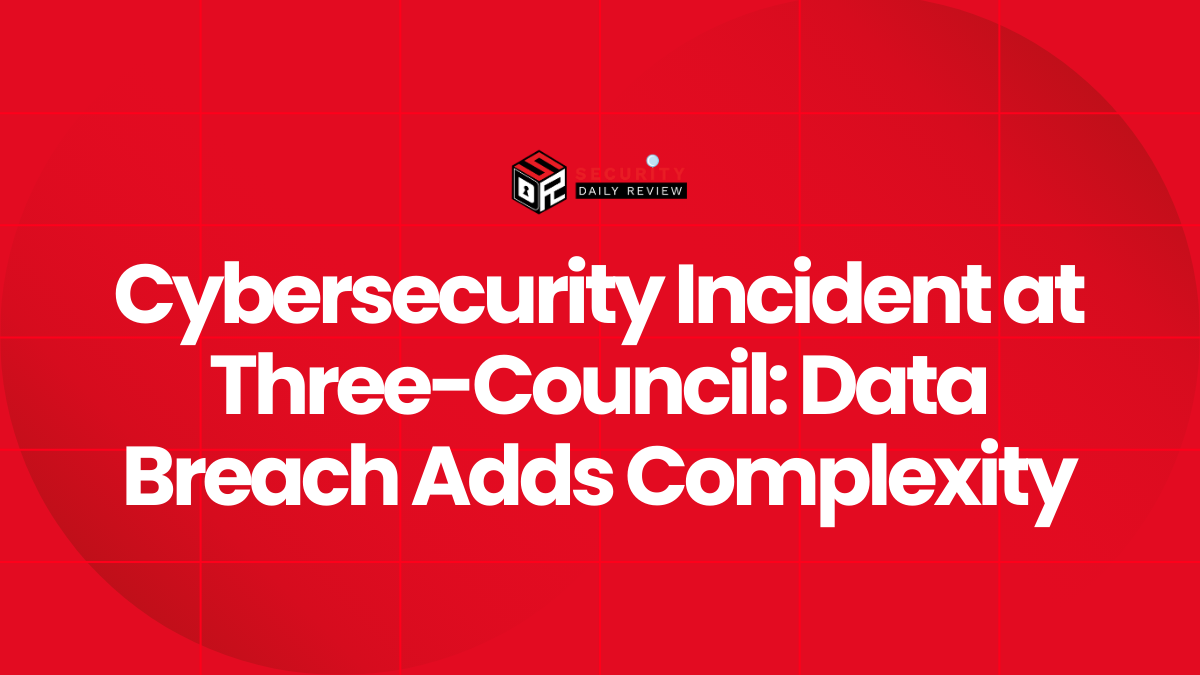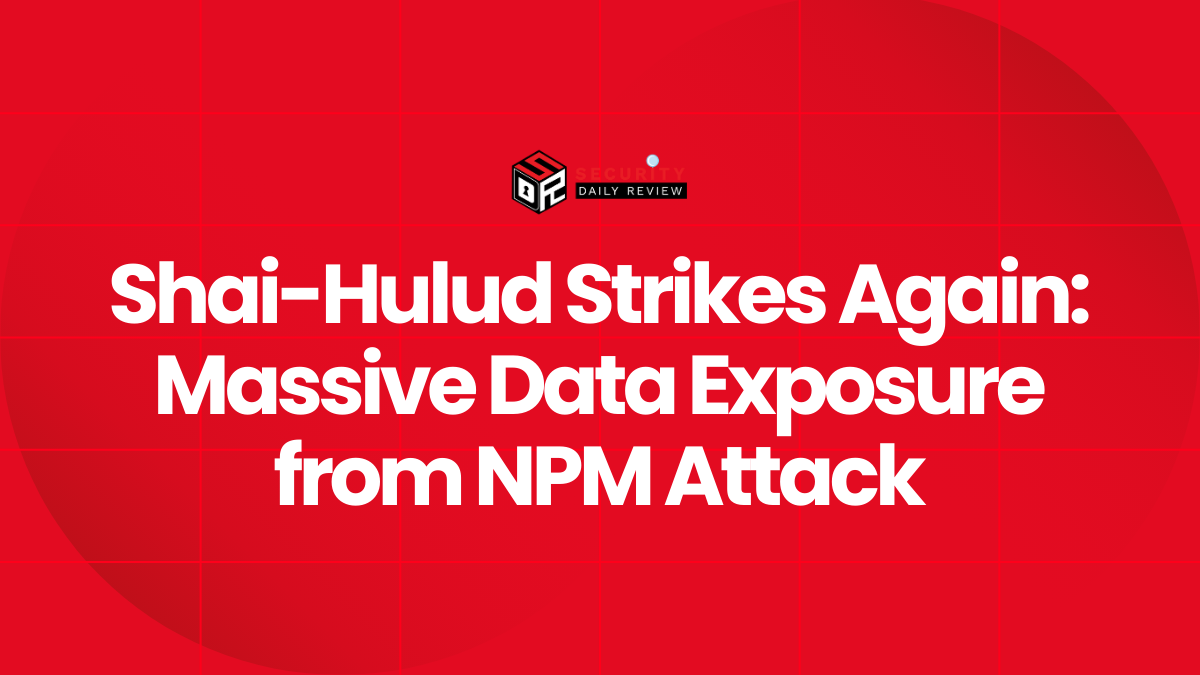A recent cyberattack on prominent UK-based financial technology platform Checkout.com has drawn renewed attention to the risks posed by legacy infrastructure. Threat actor group ShinyHunters has taken credit for the breach, which targeted an outdated cloud storage environment still maintained by the company. The attacker has since turned to ransomware-style extortion, demanding payment from Checkout.com in exchange for refraining from disclosing or abusing the stolen data.
Legacy Cloud Storage Exposed Sensitive Data
The Hack Highlights the Dangers of Forgotten Infrastructure
According to Checkout.com, the breach originated from an old cloud-based system no longer used in its active operations. The company clarified that while the environment compromised was legacy in nature, it still contained data that could be considered sensitive. While the full scope and contents of the breach remain undisclosed, the potential exposure of customer or internal corporate data underscores the threat legacy systems continue to pose, especially if inadequately decommissioned or overlooked in security reviews.
It is unclear how long this legacy system had remained accessible or whether it was being monitored by security solutions prior to the breach. This incident illustrates a critical weakness in enterprise environments, where legacy assets often fall outside the protection scope of modern security postures.
ShinyHunters is Known for Targeting High-Profile Firms
A Notorious Threat Actor Re-Emerges in the 2024 Landscape
ShinyHunters has established a pattern in recent years targeting high-profile organizations across multiple sectors. Historically active since at least 2020, the group has been responsible for breaches of companies such as Microsoft’s GitHub repositories and database leaks involving other tech firms. Its tactics often involve the exfiltration of large datasets followed by extortion demands, aligning with financially motivated cybercriminal behavior.
In this latest incident, ShinyHunters is employing a public-facing extortion model — often referred to as “name-and-shame” — wherein organizations are threatened with reputational harm through the public disclosure of breached data unless a ransom is paid. This type of attack does not involve encryption, making it distinct from traditional ransomware operations but no less damaging.
Checkout.com’s Response Reflects Rapid Containment
Incident Response Focused on Limiting Broader Organizational Impact
While specifics around Checkout.com’s internal response remain limited, the company confirmed that it had launched a comprehensive investigation and engaged with external cybersecurity professionals. Early containment efforts appear to have prevented further access to live systems, which the company stated were unaffected by the breach. Regulatory authorities have also been notified, as required under data protection regulations such as the UK GDPR (General Data Protection Regulation).
The company is also evaluating the legitimacy and contents of the extortion threat. Public sentiment and stakeholder communication will play a significant role in determining if Checkout.com chooses to make any payments, although doing so would not guarantee non-disclosure or deletion of the stolen data.
This breach underscores the growing complexity facing incident responders, particularly when extortion skips encryption and moves directly into reputational threats. Organizations must now prepare for multi-vector attacks that target not just operational continuity but brand trust and legal exposure.
Key Takeaways for Cyber Defenders
Lessons From the Breach and Recommendations for Risk Mitigation
The Checkout.com breach serves as a cautionary tale for any enterprise with sprawling digital infrastructure. Legacy cloud environments, especially those no longer in use but not properly decommissioned, represent low-hanging fruit for threat actors.
Security leaders should focus on the following to mitigate such risks:
- Conduct periodic asset discovery exercises, with emphasis on identifying forgotten or unmanaged resources
- Enforce strict access controls and monitor all environments, active or dormant
- Apply data retention policies that ensure no sensitive records persist in outdated systems
- Build incident response plans that can adapt to extortion-based threats even in non-encrypted breaches
- Consider red-teaming legacy infrastructure to test visibility and control gaps
As financially motivated threat actors like ShinyHunters continue to evolve, defenders must proactively identify and mitigate blind spots, particularly in environments beyond the core operational stack.
Legacy Systems Require Forward-Looking Defense Approaches
Attackers Exploit Inertia — Security Teams Must Stay One Step Ahead
The attack on Checkout.com brings legacy cybersecurity risk to the forefront of infosec conversations. While security teams often prioritize active production systems, legacy environments — by virtue of being less visible and rarely maintained — offer enticing avenues for intrusion.
Threat groups like ShinyHunters are increasingly aware of this imbalance and are tailoring their strategies accordingly. To keep pace, organizations must extend visibility and control across their full digital footprint — active or deprecated. As this incident shows, unmonitored infrastructure can become a liability, and the price of neglect can include regulatory fines, lost trust, and heavy extortion costs.









